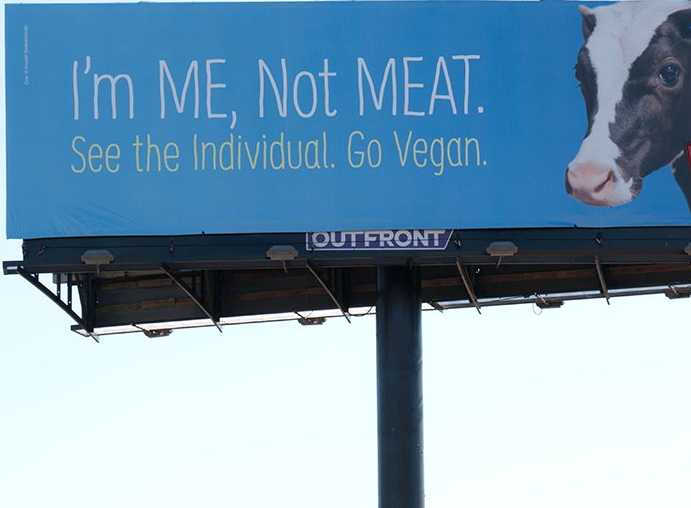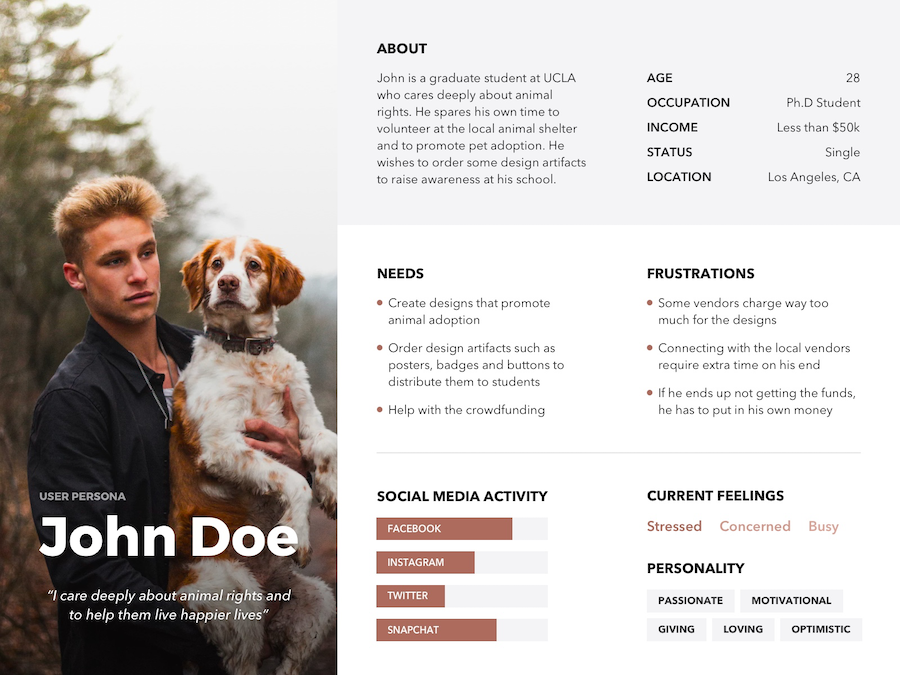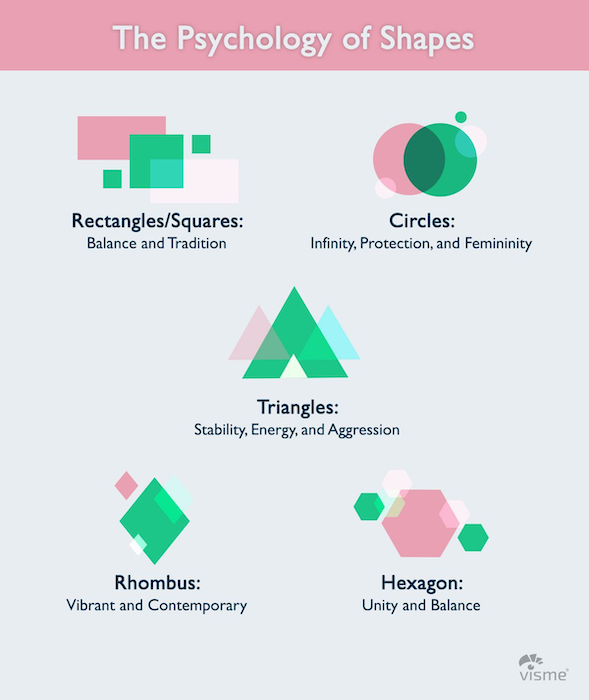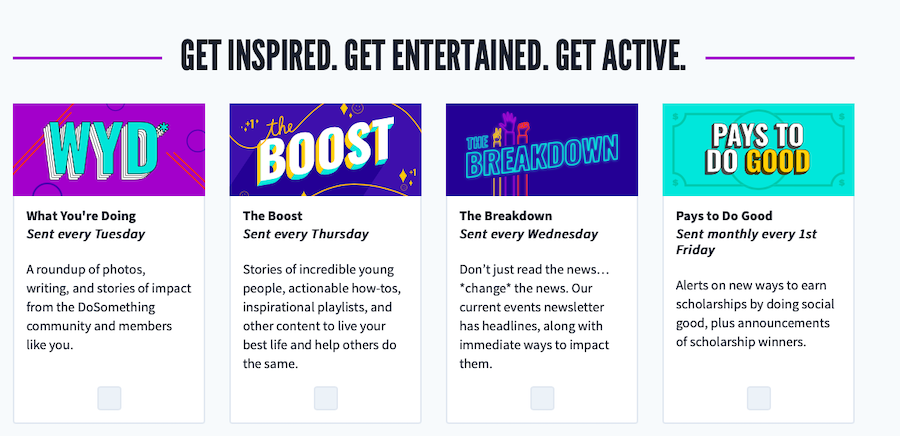Let me start with a quiz. Can you recognize the following brands and their causes?

Well, if you guessed:
- World Wildlife Fund (WWF): Works for animal welfare.
- UNICEF: Works for children’s welfare.
Congratulations, you got them right!
And just like that, the organizations have successfully achieved what they wanted to through their branding efforts, which is:
- Becoming a distinct and easily recognizable brand.
- Conveying their work without laying it out in words.
All of that with just one image.
This is nonprofit branding– a way for you to differentiate yourself from your peers and effectively communicate your story.
So, how does this help?
Consumers are more likely to choose a brand that they recognize, even if they don’t know a lot about it, over something unfamiliar. This directly translates to more loyalty and revenue. Studies have shown that consistent branding across all platforms can increase revenue by 23%.
The same applies to nonprofits too.
So how do you build such a brand for your nonprofit? This post will help you perfect it.
What is nonprofit branding?
People often think that an organization’s brand is a unique logo. But it’s so much more. A brand is an overall experience that people have with your organization.
The dictionary defines a brand as “A person’s perception of a product, service, experience, or organization.”
For a nonprofit, this translates to a combination of its mission, values, strategies, and impact.
Nonprofit branding is the process of accumulating these elements and applying them in nonprofit marketing and communications. This ensures that people’s perception of your organization aligns with your purpose and objectives.
For example, say you are an organization fighting to bring social justice through community organizing.
Your nonprofit’s branding (including the logo, tagline, tone of messaging, color scheme) must reflect your objective and work in a manner that is
- Directly relevant (e.g. like the WWF logo that you can quickly associate with animals).
- Simple and uncomplicated.
- Visually pleasing and
- Unique.
Why is nonprofit branding important?
If you’re still assuming that creating a “brand” is something that only businesses should be interested in, let’s see why it’s equally essential for nonprofits.
1. Helps you stand out and increases visibility
Solid and consistent nonprofit branding helps you stand out amongst similar nonprofits.
How?
Your brand is unique to you. When you consistently market it and bring it in front of people, the branding elements (like the color scheme, logo, tone, etc.) start registering in their minds. This is why it is crucial to hire an experienced graphic designer or use a logo creator that allows you to design a unique logo.
So the next time they see these colors or logos, they immediately associate them with you, which increases your visibility in a crowd.
Take the following billboard, for example. Even if you don’t see the logo, I’m sure the color palette, messaging, and image give you an idea of the organization it could be.

2. Increases fundraising potential
As your brand becomes more visible and easily recognizable, it increases the probability of attracting new prospects. The more your brand’s reach, the more donors you will acquire, resulting in a higher fundraising potential.
How?
We already know that people are more likely to choose a brand they are familiar with over others.
Since your brand is registered in their minds, they are likely to choose you to donate among a flood of other appeals. Conversely, if they don’t recognize the brand, you’ll find it hard to convince them to donate.
3. Builds trust in your work
Getting donations is a huge ask, and people won’t budge if they don’t trust you. But with the right nonprofit branding strategy, you can build that trust among prospects.
Branding is about communicating your mission, values, and impact to the people.
When people see that you’re actually making a difference, it makes them trust your work and brand. The higher the trust, the more likely they are to donate and be loyal to you.
Steps to developing a nonprofit branding strategy
Strong nonprofit branding gives you a competitive advantage in fundraising and conveying your story to the masses. But creating such a brand requires a lot of deliberation and planning. Here’s how to go about it.
- Understand your target audience.
- Define your core idea and purpose.
- Create a visual identity.
- Define the tone of your messaging.
- Create a branding kit with your brand guidelines.
Let’s have a look at each step in detail.
Understand your target audience
The first step to nonprofit branding is understanding your audience. Shortlist the groups of people that will be the most critical for your organization.
Keep in mind not to restrict your audience in any way. Indeed, anyone can be a donor. But, you need a list of three to five audience groups who will be your top priority.
For example, anyone could donate (even students) to educational organizations, but you are more likely to get a more significant donation from high net worth alumni. So you would prioritize your appeals to them first.
Once you segment your list and shortlist the most critical groups, create user personas for them. Make sure to gather information like:
- Contact details
- Demographic and geographic data
- Interests and hobbies
- Aspirations
- Past philanthropic involvement, etc.
Creating user personas will give you an insight into these prospects’ characteristics.
Here’s an example of what a user persona looks like.

As you build your brand, you can look at everything you do from the users’ perspective and make sure that they perceive your brand the way you want them to.
Define your core idea and purpose
The purpose of your existence and your plan to bring change defines the narrative of your nonprofit’s branding.
For example, take these two mission statements:
| “We fight the big fights to end suffering for all animals.” – The Humane Society of the United States |
| “People for the Ethical Treatment of Animals (PETA) is dedicated to establishing and protecting the rights of all animals. PETA operates under the simple principle that animals are not ours to eat, wear, experiment on, or use for entertainment.” – People for the Ethical Treatment of Animals (PETA) |
Both organizations are fighting for the same cause. However, their approach is quite different, and this is clear from their messaging narrative.
The Humane Society’s tagline is short but broader and feels all-encompassing. PETA, on the other hand, gives a more targeted and particular message.
This is where you start differentiating between yourself and your peers.
To define your idea and purpose, answer the following questions:
- How do you want to be seen by prospects and beneficiaries?
- What are the core values that you won’t compromise on?
- What is your final objective?
- How do you plan to get to the final objective?
The answers to these questions will help you formulate a narrative you should follow to convey your work and attract the right audience.
Create a visual identity
Now that you have an idea of what you stand for, the next step in nonprofit branding is creating a visual identity, i.e. the look and feel of your brand.
To create a visual identity, here are a few things that you need to consider:
1. Font
Different fonts have different personalities and psychological impact on people. You have to choose a font that aligns with your target audience and the image you’re trying to put out.
For example, nonprofits that wish to induce happy emotions can go with a font like Comic Sans. But, to convey more assertiveness, a font like Georgia would be best.
2. Color Palette
Choosing a suitable color scheme is critical for better nonprofit branding. Again, the kind of palette you choose depends on the emotions you wish to induce and how you want to come off as to your prospects.
For example, the color green is often associated with growth and balance. This makes it perfect for environmental organizations.
Here’s a colour psychology palette to help you choose the right color for your nonprofit’s brand.

3. Shapes
This may apply to only some of your nonprofit’s branding elements like the logo, thumbnails, etc. but are equally important. Similar to fonts and colors, shapes have a psychological impact too.
For instance, the circle conveys unity and harmony, so they are perfect for organizations working for social causes.

The choice and combination of these elements will help you define a strong brand for your nonprofit.
Define your tone of messaging
Once the visual elements are in place, the next step is to get the vocal elements in place. The tone of your messaging is as critical as the visuals for nonprofit branding (but is often overlooked).
It ensures branding consistency and defines and helps establish a greater connection with your audience.
Why?
Because the visuals only grab a prospect’s attention, but they stay for the content. If the content or the tone doesn’t resonate with them, you risk them leaving.
Take DoSomething.org for instance. It’s a youth-led organization whose primary target audience is young people. They use a casual and quirky tone to appeal to their prospects better. Here’s a look at some of their campaign names that follow this tone:

Even their newsletters follow the same theme:

To define your style, here’s what you can do:
- Refer to your audience personas and look out for the kind of content they engage with. This gives you an insight into the type of content and tone they are drawn to.
- Define the kind of emotions you wish to induce in your audience. For instance, DoSomething comes off as a quirky but reliable companion. But if you want to look assertive, you’ll want to use a more robust tone.
Combine these elements together to craft a messaging that you feel is right. Make sure to test it first with a focus group before you go all out.
Create a branding kit with your brand guidelines
Once all the above elements are in place, pull them together to create branding guidelines. These guidelines will be your reference to maintain your nonprofit’s branding consistency across all channels.
Typically, these guidelines include the following:
- Mission statement.
- Fonts and sizes.
- Color scheme for crucial elements like logos, letterheads, etc.
- The tone of messaging.
- Size proportions for visual elements used for different purposes.
The guidelines should account for using all these elements across platforms and create regulations to use them accordingly.
For example, the logo on your nonprofit’s website will not be the same size as that on an email newsletter or event poster. So define these sizes based on your preferences. Here’s an example of the branding guidelines listed out by the American Red Cross.

Finally, collate these guidelines and build a nonprofit branding kit for others to refer to. While the guidelines can be used for internal reference, the kit should be publicly available for others who carry out your mission or want to quote your work.
For example, peer to peer fundraisers can refer to the kit to create a fundraising webpage that aligns with your branding.
Moving forward
Effective nonprofit branding helps you nurture an unfamiliar individual and make them an interested prospect by effectively communicating your message and building trust in your brand.
Once that gets the ball rolling, all you have to do is captivate them with your story and nurture them into becoming a supporter. But, keep in mind that you have to craft and communicate the story effectively if you wish to motivate them to act. Here’s a quick guide on nonprofit storytelling that can help you with that.
Featured image source: Patrik Michalicka on Unsplash


